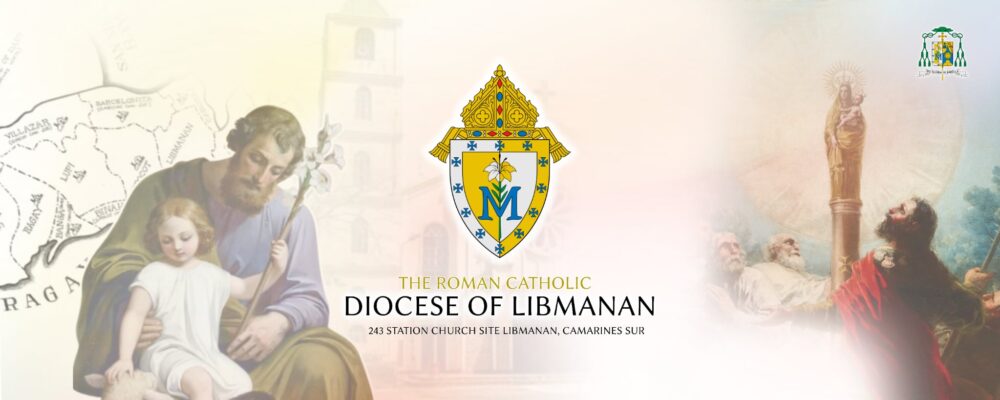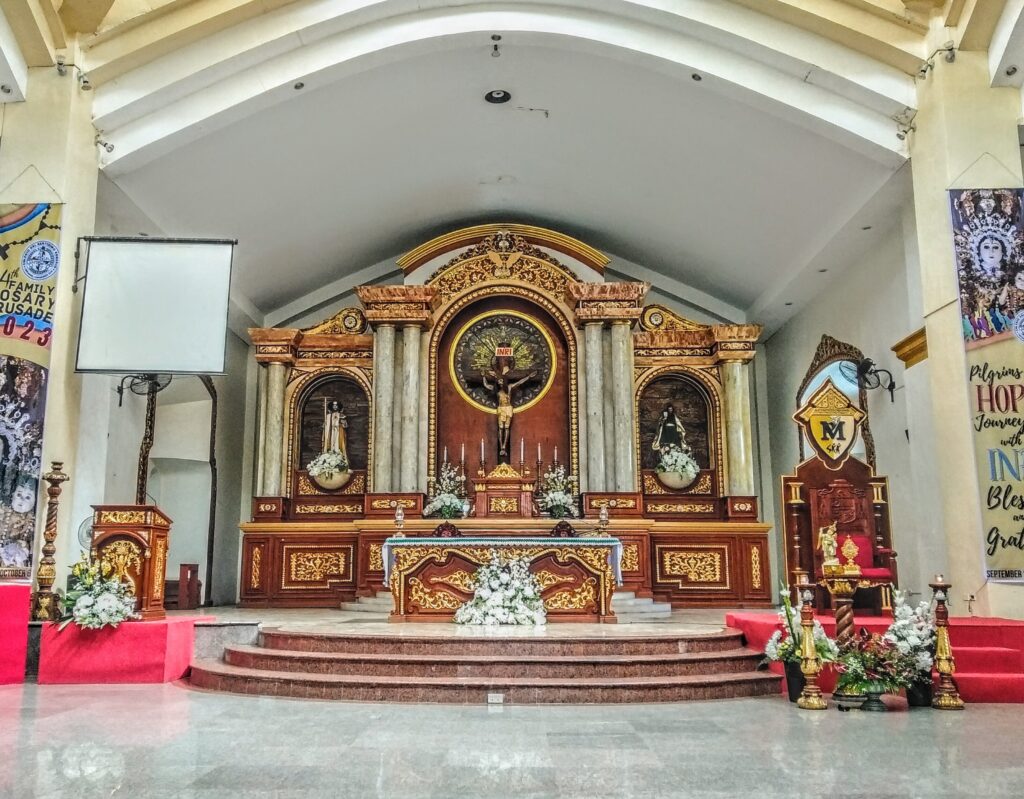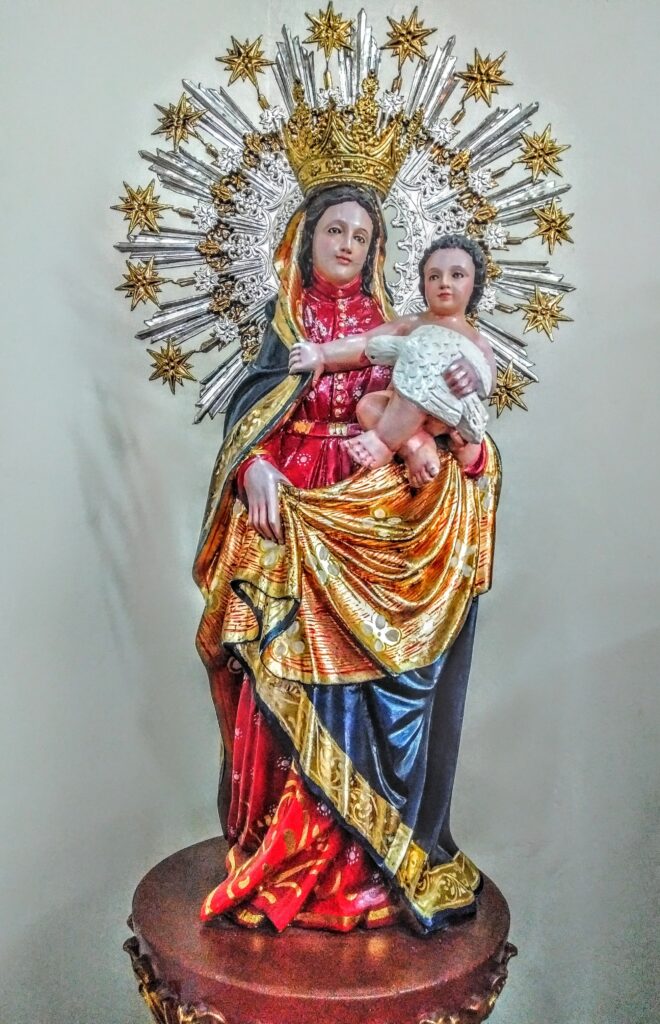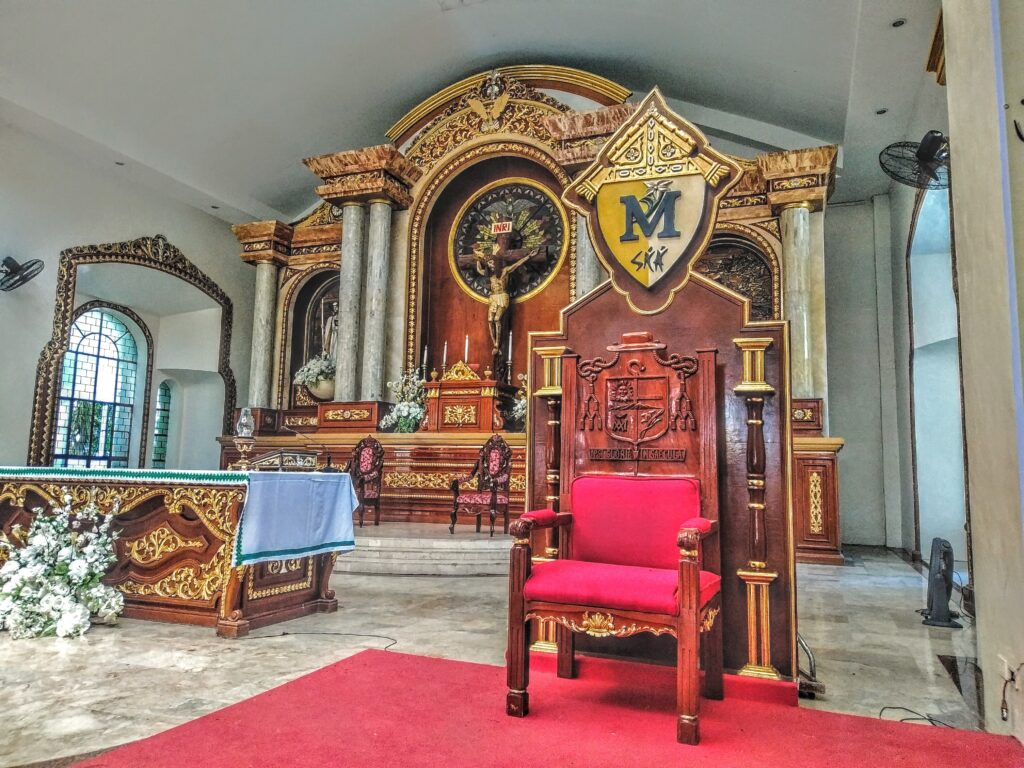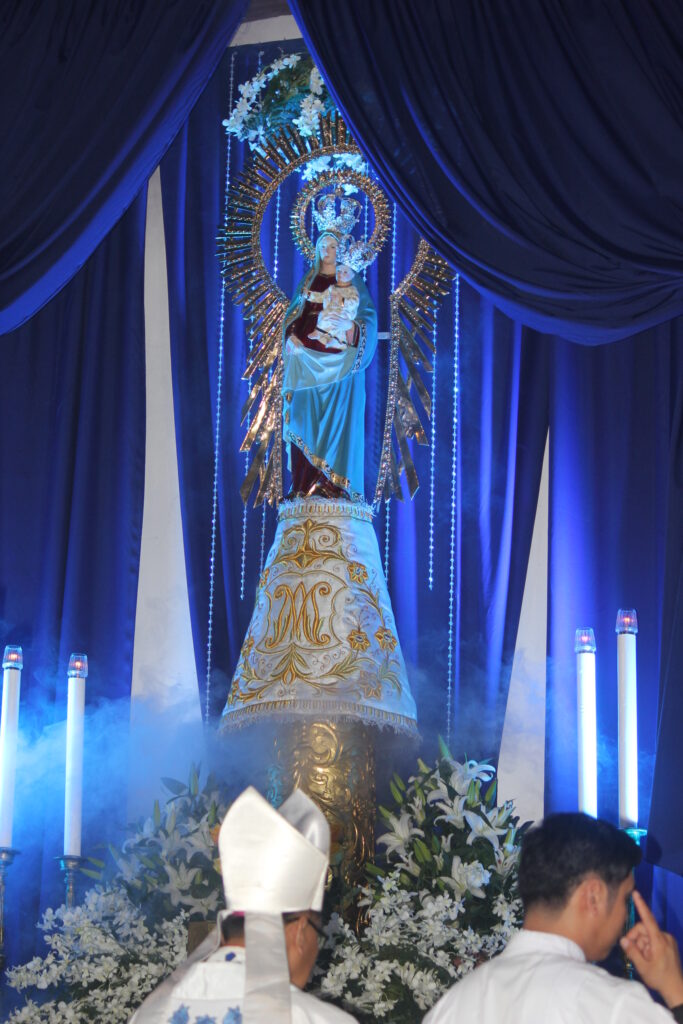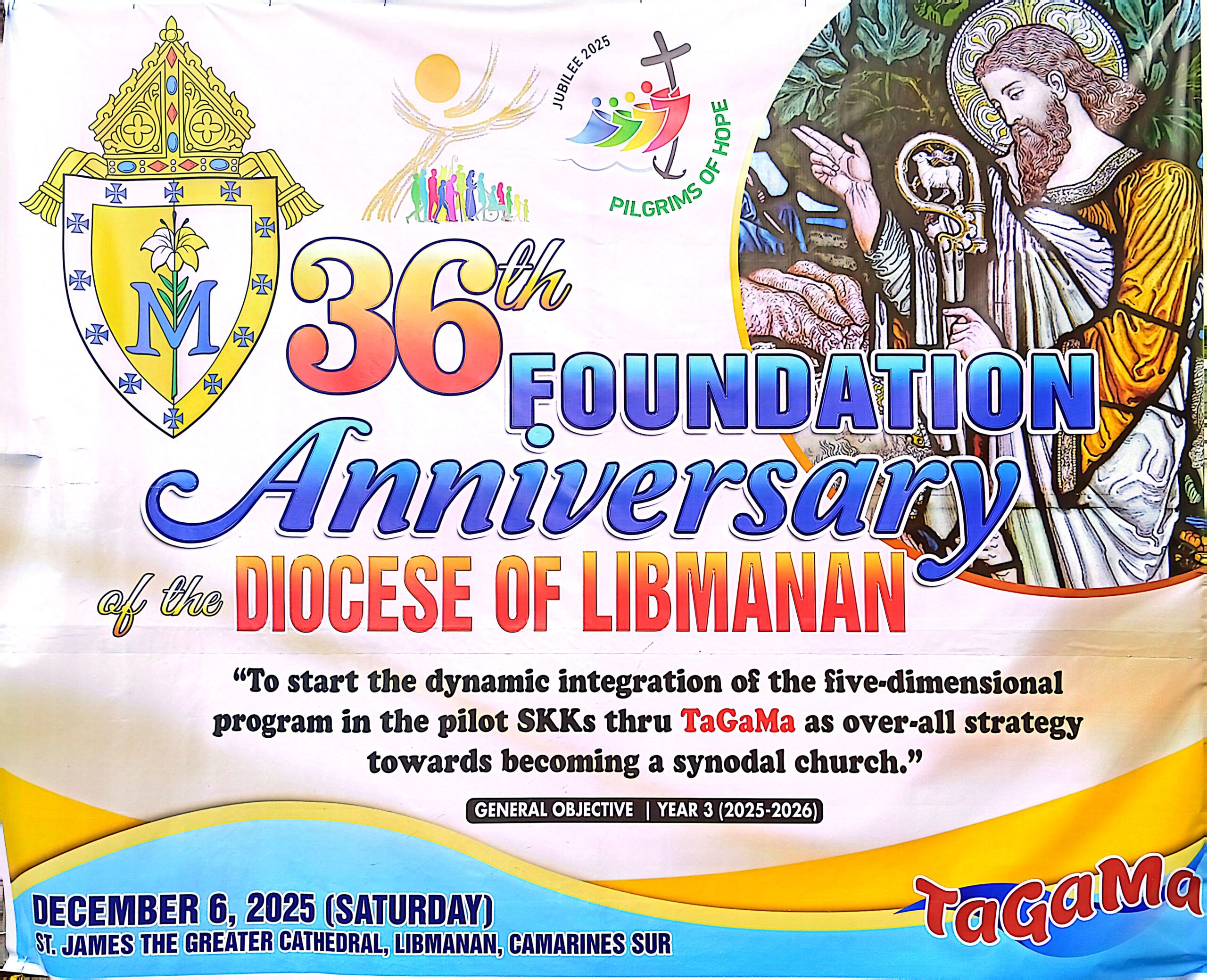Cathedral of St. James the Greater, Libmanan, Camarines Sur (8:00 a.m.). Parishioners coming from parishes of the Central District, consisting of the two vicariates of St. James the Greater (Libmanan) and Our Lady of the Pillar (San Isidro, Libmanan) flocked to the Libmanan Cathedral to celebrate the 16th Anniversary of the elevation of the Prelature of Libmanan to the status of a Diocese. Created as a territorial prelature on December 9, 1989, Libmanan became a diocese on the Feast of the Our Lady of the Annunciation, on March 25, 2009, with Bishop J. Rojas named as the first diocesan bishop. At that time, the diocese already had twenty-seven (27) parishes from the original seventeen (17) in 1989.
In this 16th year, the diocese already has thirty-four (34) parishes and three (3) mission stations, for a total of thirty-seven (37) jurisdictions. Moreover, from the five vicariates of old, there are now seven vicariates: three in the North, two in the South, and two in the Central District. The number of priests rose from 38 to 52 this present time. Even the number of religious communities grew from four (4) to thirteen (13). Vocations have also increased with the establishment of three seminaries, covering all stages of priestly formation, i.e., the propaedeutic stage, discipleship stage, configuration stage, and vocation synthesis. More importantly, the SKK communities have become the staple of every parish, now being cared for according to a five-year pastoral program driven by Jesus’ words: “Feed my sheep.”
Apart from the Eucharistic celebration, the highlights of the anniversary celebration were two talks. The first talk was delivered by Fr. Frederick Bailey, Parish Priest of St. James the Greater Cathedral Parish. In his talk, Fr. Bailey stressed the different elements essential to a journey, the Church being essentially a journeying synodal Church. First, there is the way. Synodality presupposes a journey, a pilgrimage—the way, on which the Church treads is thus crucial. Second, Fr. Bailey pointed out that the journey is a community journey: no one journeys alone. Consequently, it is important to ask who our companions are. Finally, as a synodal Church, we need to be clear about where we are heading.
Ms. Cecile Deomano (the Chairperson of the Parish Council of St. James the Greater Parish) delivered the second talk. Following the implementation of the diocesan pastoral program, Ms. Cecile pointed out that this year’s focus is the diocesan program of stewardship, now dubbed Tagama (meaning “Tanganing gabos mag-ako“, among many others). She developed her talk by discussing three metaphors of life. First, she said that life is a test: in life difficulties are inevitable–these are tests (pagsubok). Second, life is a trust: there is nothing that we own in life, everything belongs to God. Trust, however, requires responsibility. Thus, it requires stewardship. Third, life is a temporary assignment. Life is passing—our destiny is in the next life. Ms. Cecile concluded by sharing some of the best practices in the parish in promoting the spirit of Tagama.
The third part of the celebration featured three couples who shared how they live out the spirit of stewardship in their day-to-day life: Jemuel/Joy Guerrero, John Patrick/Julie Ann Lodangco, and Cesar/Nimfa Adan. Central to their sharing was how they shared their time, talent, and treasure with the Church.
The celebration’s culmination was the celebration of the Holy Eucharist, with Bishop J. Rojas presiding. In his homily, the bishop reflected on the day’s gospel reading about the Parable of the Prodigal Son, or better still, the Parable of the Loving Father. Bishop Rojas, however, said that if he were to be asked he said he would rather entitle the parable as “The Prodigals” because all three characters mentioned in the parable had each in his way displayed prodigality in his behavior. The younger son was lavish in lifestyle, spending his inheritance on worldly pleasures, only that when misfortune struck, he redeemed himself through humility, repentance, and conversion. The elder son, on the other hand, the bishop pointed out, was also prodigal in his self-righteousness and sense of entitlement. He obeyed his father not out of love but rather out of duty. Thus, obedience was hard and heavy. Finally, the Father was prodigal in his patience, forgiveness, mercy, and love. The bishop concluded that it is the forgiving Father who gives us hope. That is, no matter how sinful we are, we can hope to be forgiven and granted mercy–if only like the younger son, we too become humble, repentant of our sins, and thus be moved to conversion.

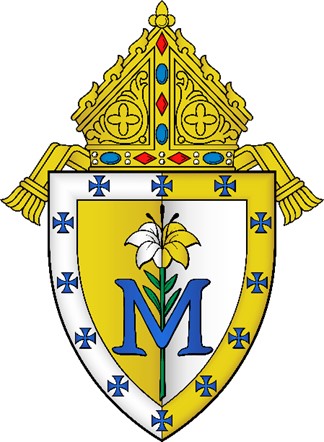


Then followed the blessing and unveiling of the revised Coat of Arms of the Diocese and that of the Bishop (for an explanation, see below). First, the enlarged and framed Crests were processed into the foreground of the sanctuary. The bishop then recited the prayer of blessing, after which the parish priests of the Central District unveiled the frames. Ms. Marines Santiago subsequently read the explanation.




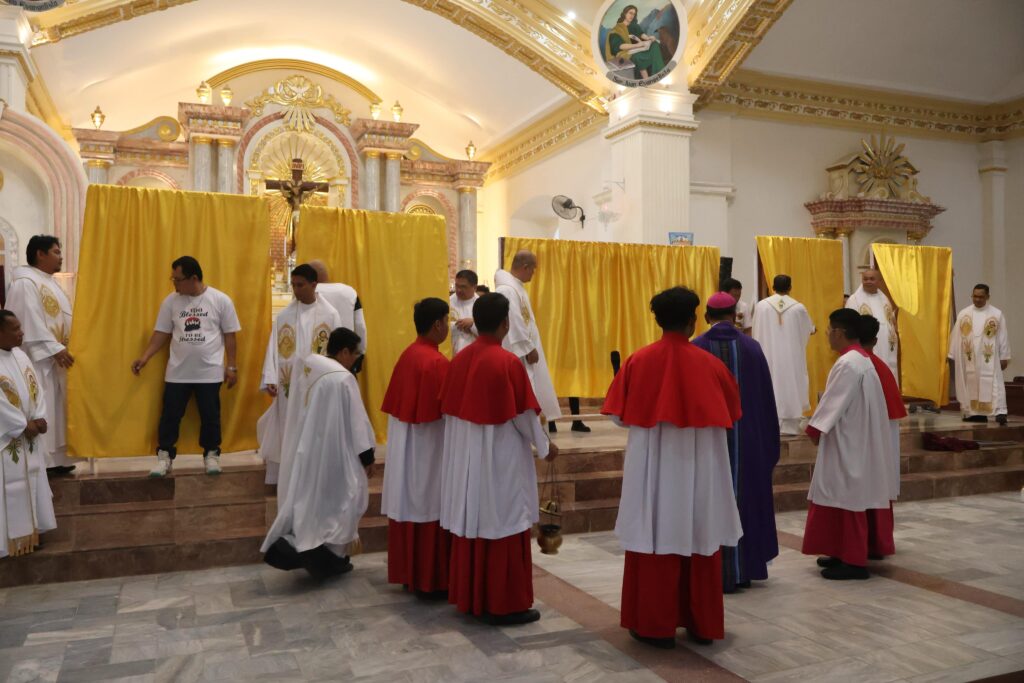
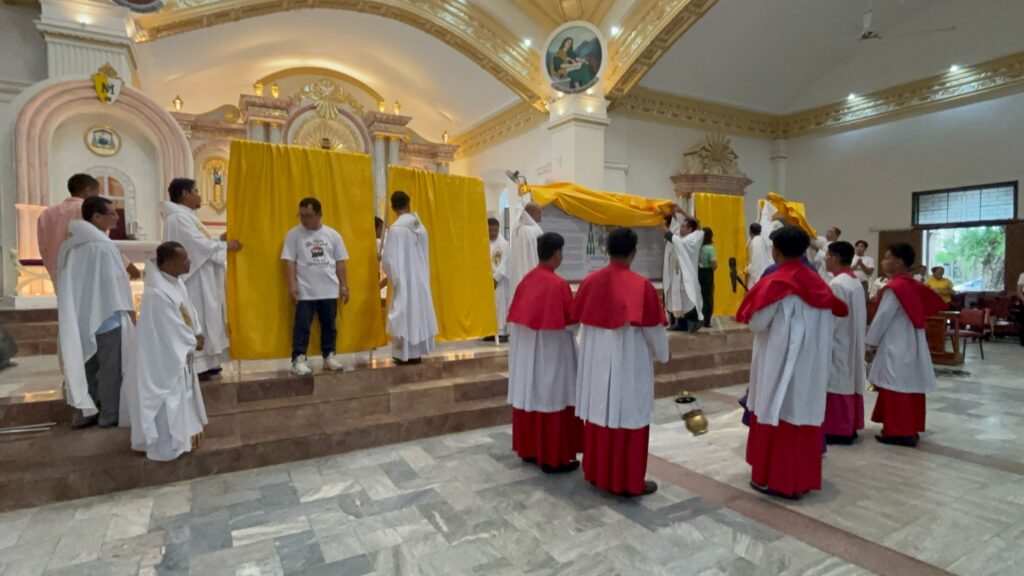



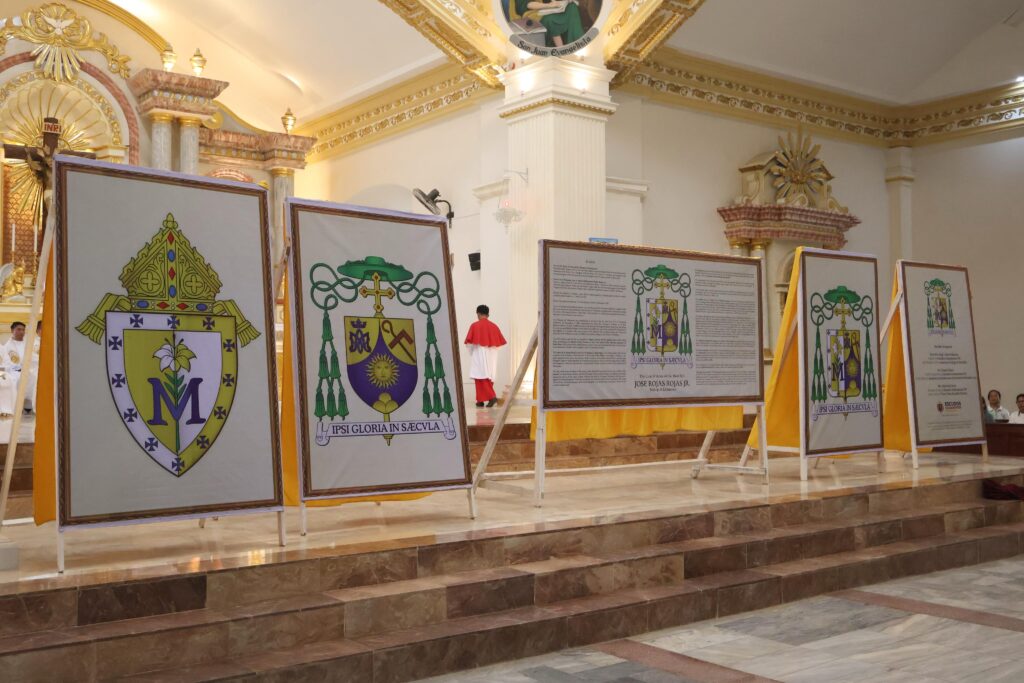





Designed and drawn by the Escudos Ecclesiásticos Philippines, the previous Coats of Arms were revised following strict rules of heraldry. After the reading of the explanation and on behalf of the diocese, Ms. Marines expressed her gratitude to Very Rev. Msgr. John Brillantes, Adviser of Escudos Eclesiasticos PH and Life Member of the American College of Heraldry; Mr. Johnel Dimco, Chief Researcher of Escudos Eclesiasticos PH and Chief Artist of Auxilium Christianorum Ecclesiastical Heraldic Arts; and Mr. John Paul Aven, Member Artist of Escudos Eclesiasticos PH and Chief Artist of Totus Tuus Heraldic Studios–all have collaborated in the work of revision.
The explanation that accompanied the two crests proved educational for the majority of the attendees, including the clergy, who knew nothing about heraldic rules. Not a few were also amazed to learn that the impaled version symbolized the bishop’s commitment to his diocese, emphasizing though the fact that although the bishop may change, the Church of God in the Diocese of Libmanan continues unchanged.
Then it dawned on everyone that the unveiling proved providential because it took place on a day the Diocese of Libmanan was celebrating the 16th Anniversary precisely of its elevation to the status of a diocese.
The singing of Salve Regina capped the whole celebration. It was another unforgettable experience in the life of the local Church of Libmanan—the 16th Anniversary of the Creation of the Diocese.

